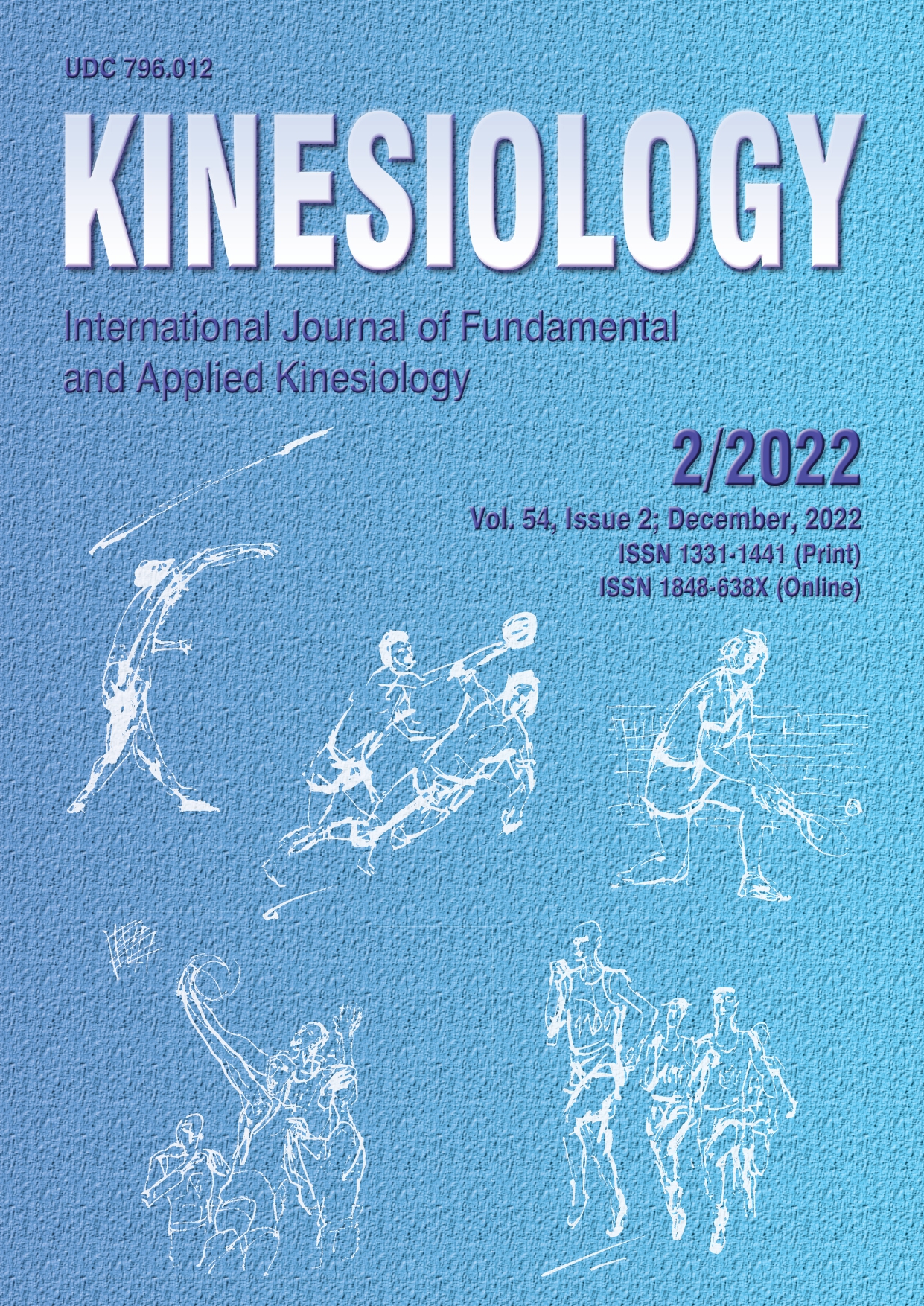ANALYSIS OF PHYSICAL ACTIVITY AS A MEDIATOR BETWEEN NON-ERGONOMIC POSITION OF UPPER BODY SEGMENTS AND MUSCULOSKELETAL HEALTH IN BUS DRIVERS
Abstract
The number of injuries and accidents at the workplace are constantly rising, and the most pronounced injuries are related to the musculoskeletal health. Numerous studies have revealed that city bus drivers have a high incidence of musculoskeletal pain. The aim of this study was to determine whether physical activity levels might be a mediator between the non-ergonomic position of the body’s upper segments and musculoskeletal health in professional bus drivers. The study protocol included the assessment of participants’ musculoskeletal health using the Örebro Musculoskeletal Pain Questionnaire, assessment of the non-ergonomic position of the upper body segments when seated by means of the Rapid Upper Limb Assessment, and measuring of the level of physical activity using the Yamax 200 pedometer. The sample consisted of 115 bus drivers, from 40 to 55 years of age, with a minimum work service of 15 years. The relationships among variables were tested using the Spearman correlation coefficient and the Wilcoxon rank sum test to include the selected variables in the multivariate linear regression model. The Box-Cox test indicated the need for logarithmic transformation of the ÖMPQ results used to measure musculoskeletal health, so a log-linear model was used in the regression analysis. The normality of the distribution of the residual regression models was tested by the Shapiro-Wilk test. The main findings of this study indicate that 95.6% of participants reported the presence of musculoskeletal pain and in 24.4% of them a very high risk of the musculoskeletal disorder was observed, which indicated the need for urgent changes. The average number of steps per day was 5,090.8. The physical activity proved (obtained by the regression analysis) as a mediator between the non-ergonomic position of the upper body segments and musculoskeletal health (p=.027). The obtained data may serve as an important argument for designing future public health and kinesiology interventions for the improvement of the health of professional bus drivers.
Key words: ergonomics, driver’s workplace, health, walking
Downloads
Published
Issue
Section
License

This work is licensed under a Creative Commons Attribution-NonCommercial 4.0 International License.
At Faculty of Kinesiology we recognize that access to quality research is vital to the scientific community and beyond. Kinesiology is non-profit journal and all costs of publishing and peer review process are covered by the publisher itself or other funding sources like Ministry of Science and Education of the Republic of Croatia. Full text papers are also available free of charge at http://hrcak.srce.hr/kineziologija. There are no restrictions on self archiving of any form of paper (preprint, postprint and publisher's version).
Articles are distributed under the terms of the CC BY - NC 4.0
Kinesiology does not charge any fees to authors to submit or publish articles in our journal.


